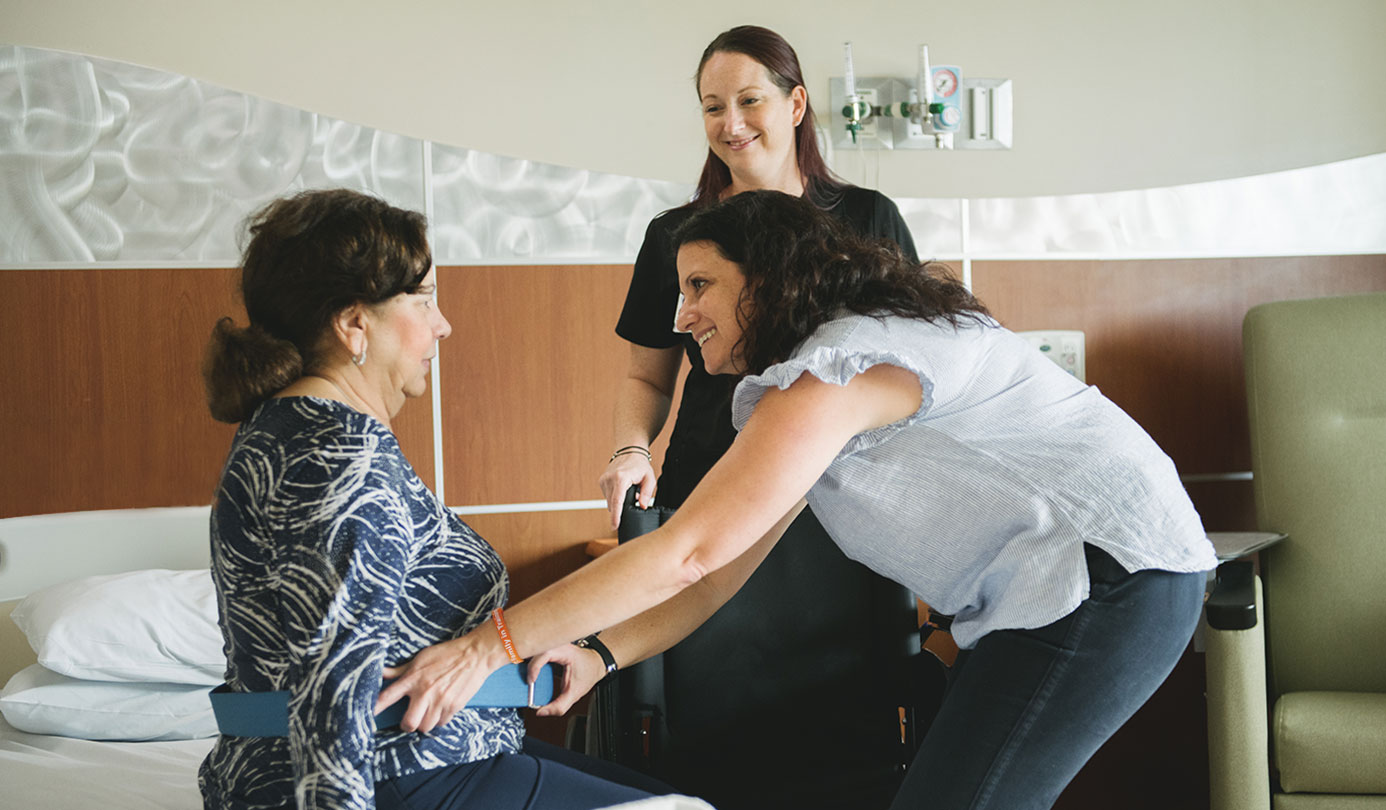Knee Replacement
Knee Replacement
An estimated 27 million people in the United States suffer from knee osteoarthritis, a chronic and painful joint condition that occurs when cartilage inside the knee breaks down. Seniors are at a higher risk for developing this condition, which can occur due to a previous injury, certain inflammatory or medical conditions, or simply from years of wear and tear.If non-surgical treatments haven't been effective, you may want to consider a total knee or partial knee replacement surgery.
Take your first step toward pain-free living by scheduling a knee replacement consultation with one of our specialists at:
954-844-2663Frequently Asked Questions
The primary benefit of knee replacement surgery is pain relief. As pain improves, function usually improves too. This surgery is extremely effective, but of course there are no guarantees. Additional risks of surgery, for both partial and total knee replacement, include:
- Blood clots in leg veins (venous thromboembolic disease)
- Fractures
- Infection
- Loosening of implant
- Nerve or blood vessel damage
Your surgeon and healthcare team will take great care to minimize the risk of these and other complications. Keep in mind that complications are rare, but they need to be understood by you and your family. Your surgeon will be happy to answer any questions.
1 OrthoInfo, American Academy of Orthopaedic Surgeons, Unicompartmental Knee Replacement

Knee Replacement Normas story
Total Knee or Partial Knee Replacement
Total knee replacement involves the replacement of all three surfaces—femur, tibia and patella—with metal and plastic components. Partial knee replacement involves the replacement of only one knee compartment (medial, lateral or patellofemoral) and may be an option for those who have painful, debilitating arthritis limited to one area of the knee. Only your doctor can determine if you are a candidate for this procedure.
During partial knee replacement, the surgical incision is usually smaller, resulting in less soft tissue trauma to and around the knee. Since more of the native knee is preserved, your knee may feel more natural than after a total knee replacement.1 Other potential benefits to partial knee replacement include:
- Accelerated rehabilitation1
- Faster operation
- Shorter hospital stay compared to a total knee replacement1
- Decreased post-surgical pain
1OrthoInfo, American Academy of Orthopaedic Surgeons, Unicompartmental Knee Replacement
Outpatient Rehabilitation
After your knee replacement surgery, our team continues to support you during your recovery. Our clinical exercise physiologists can create an individualized exercise plan to get you back to the activities you once enjoyed through our Total Joint Replacement Recovery Program.
Patient and Family Centered Care
We treat patients and family members as partners in healthcare.
It matters to you. It matters to us.
Quality and Safety Data for Memorial Healthcare System
Our goal is to provide our patients with the information they need to make informed choices for themselves and their families.
View Quality and SafetyYou have a Right to Know About Prices
We want to give you the information you need to make important healthcare decisions, including the costs of our services.
View PricingMyChart Portal
View test results, schedule follow-up appointments, request prescription refills and more.
Login or Sign-up to MyChart




















